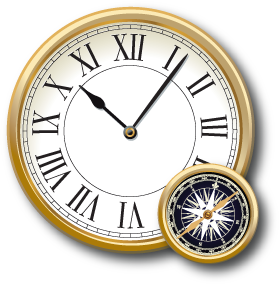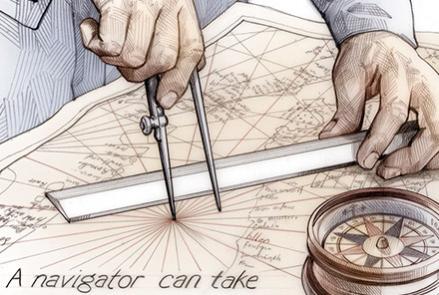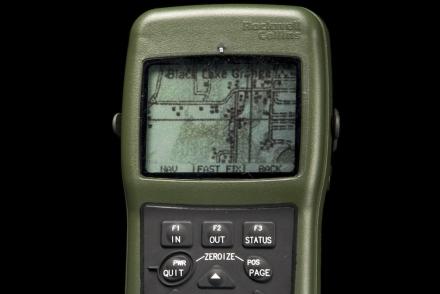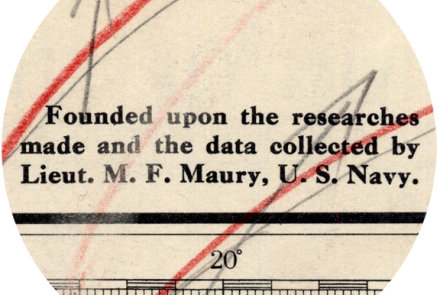Multimedia Gallery
This forerunner of the ubiquitous E-6B flight computer was prominent in the five years before World War II.
This 1933 computer solved wind drift and time-speed-distance problems.
A navigator can take measurements of the ship speed and direction and the effects of wind and current. He can estimate the ship’s location fairly accurately–at least over short distances.
When referring to the Deep Space Network, deep space starts just past the Moon’s orbit and includes the solar system and beyond. To an astronomer, deep space might mean what’s beyond our galaxy.
The Deep Space Operations Control Center at the Jet Propulsion Laboratory coordinates the three Deep Space Network stations.
Deer, North America (Cervus macrotis)
The DAGR was an improvement on the PLGR, providing map data in a lighter hand-held device.
Firefighter John F. Sullivan explains, “When firefighters enter a burning structure, especially large complex commercial buildings, they can quickly lose visibility and their ability to maintain orientation. And traditional GPS doesn’t work inside buildings.”
The Azores have long been a popular way station for transatlantic flights.
Matthew Fontaine Maury is the father of modern hydrography in the United States Navy.














